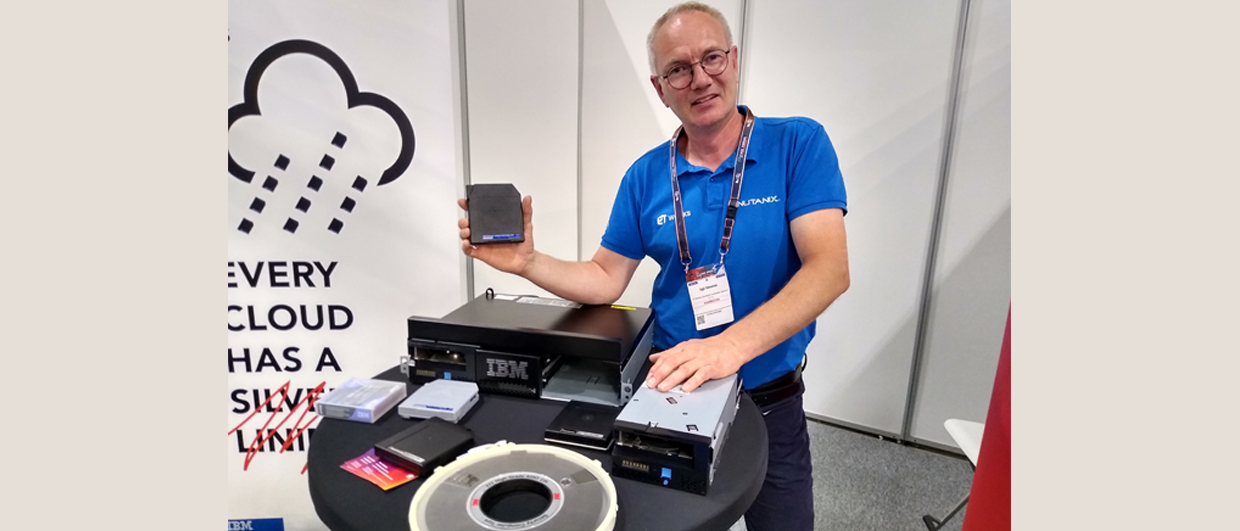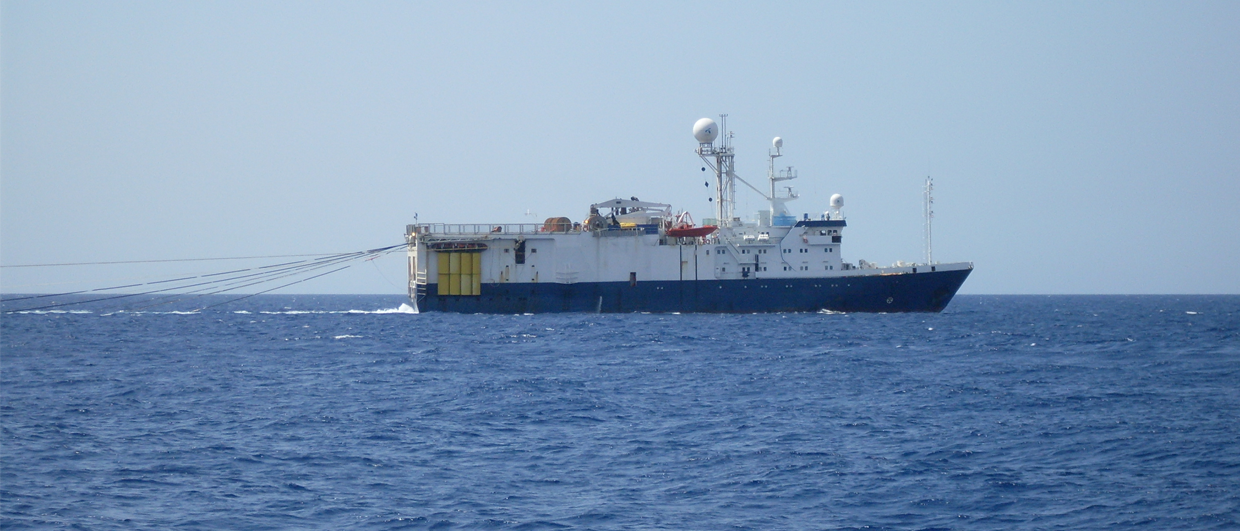“I’m probably the only tape machine specialist left in northwest Europe”, says Egil Simones from ET Works when we meet at the EAGE Conference in Oslo this week. Egil is surely a specialist; he became involved in copying seismic data when he was 19 years old and has always stayed close to it since. He now maintains and services the IBM machines that read seismic data from tapes.
“There are still warehouses full of round 9-track tapes – you can see one of those in the photo above. For instance, at Schiphol airport in the Netherlands, there are two of those warehouses”, says Egil. If these tapes don’t get copied onto the more modern 34 or 35 series ones, the risk is that the data get lost as the shelf life is around 30 years. And there should be another incentive to copy data from 9-track tapes to newer ones. “The data from 200,000 9-track tapes can now be stored on just one of the latest 35 series tapes”, says Egil, “so imagine the space that can be saved this way.”
It is not only seismic data that is stored on tapes though; they are a lot more important than many people may think. “As the amount of data we generate has grown exponentially”, says Egil, “data centers have not been able to add flash data storage at the same pace. For that reason, part of the data used and generated today – including the movies we watch – is still being stored on tapes.”
As the seismic industry has consolidated, Egil has seen his client base contract simultaneously. “There is still a demand”, he says, “but the diversity of operators has certainly shrunk. At the same time, he is also involved with projects to supply machines to African countries, as part of the initiative from the Norwegian government to support low-income countries to set up their own data archives instead of relying on Western support for that. “I’ve made around 100 trips to Africa in total, Egil says, “and it is fascinating work to teach people how to deal with seismic data.”



